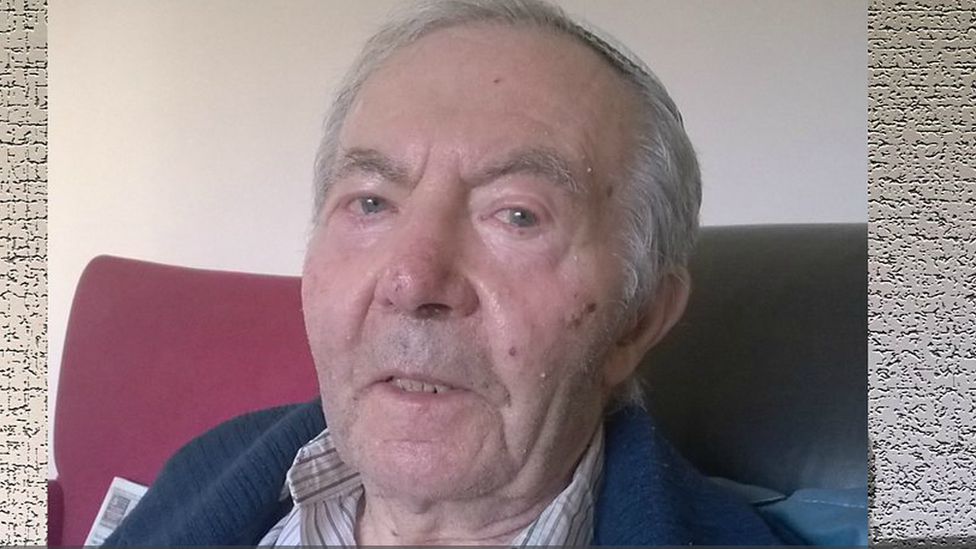Auschwitz death camp: Poland puts database of prison guards online
- Published

Poland wants to combat what it sees as the wholly incorrect practice of referring to Auschwitz as a Polish-run camp
The names of Nazi SS commanders and guards at the Auschwitz death camp in German-occupied Poland have been put online by the country's Institute of National Remembrance (INR).
It has been hailed as the most comprehensive list to date.
About 9,000 names - nearly all German - are on the Auschwitz garrison list, some with photographs attached.
The INR hopes the list will prove that Auschwitz was not a Polish-run camp. More than a million people died there.
The victims were overwhelmingly Jewish - but Poles, Roma and political prisoners were also murdered.
Auschwitz 'not a Polish camp'
INR head Jaroslaw Szarek said that the creation of the database, the only one of its kind in the world, marked a historic day.
It includes information about SS commanders and guards who worked at Auschwitz-Birkenau, their names, place and date of birth, nationality, military service and where possible, a photograph.

The Nazis abandoned Auschwitz in January 1945, days before Soviet forces entered the camp
The information was gathered from Poland, Germany, Austria and the US.
Mr Szarek said it would help combat the wholly incorrect practice of referring to Auschwitz as a Polish-run camp.
He said the institute hoped to compile similar lists for other Nazi camps in occupied Poland.
In cases where a person has stood trial, judicial documents relating to the case are included with the documents.

The long battle for justice
Auschwitz trial: Ex-guard Reinhold Hanning 'ashamed'
Virtual reality to aid Auschwitz war trials of concentration camp guards
Auschwitz trial: Prosecutor on bringing Nazis to justice (video)
Auschwitz medic Hubert Zafke goes on trial at fourth attempt
Auschwitz guard Ernst Tremmel dies a week before trial
iWonder: Why did ordinary people commit atrocities in the Holocaust?

The paperwork relating to camp commander Rudolf Hoess - in charge of Auschwitz from 1940-43 - contains a photocopy of the death sentence he received from a Polish court in 1947.
Poland has long complained that death camps are wrongly referred to as "Polish" because of misunderstandings surrounding their geographical location.
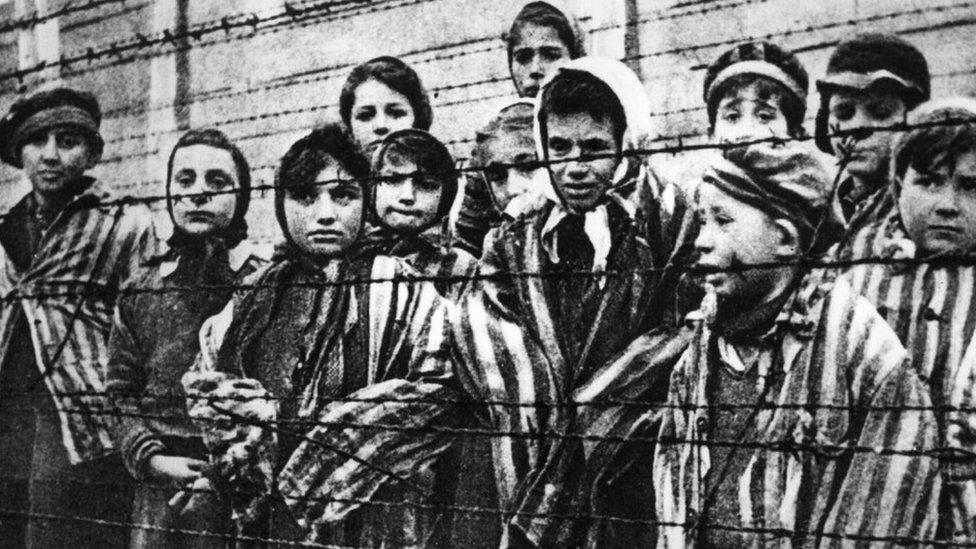
These children were photographed by a Red Army soldier on the day the camp was liberated
The new database is being made accessible in five languages and "is a tool to fight lies", Mr Szarek said.
"We're not expressing an opinion, we're presenting the cold, hard facts."
Soviet forces entered Auschwitz on 27 January 1945.
The Nazis had abandoned the camp days earlier, leaving much of it intact.
- Published27 January 2017
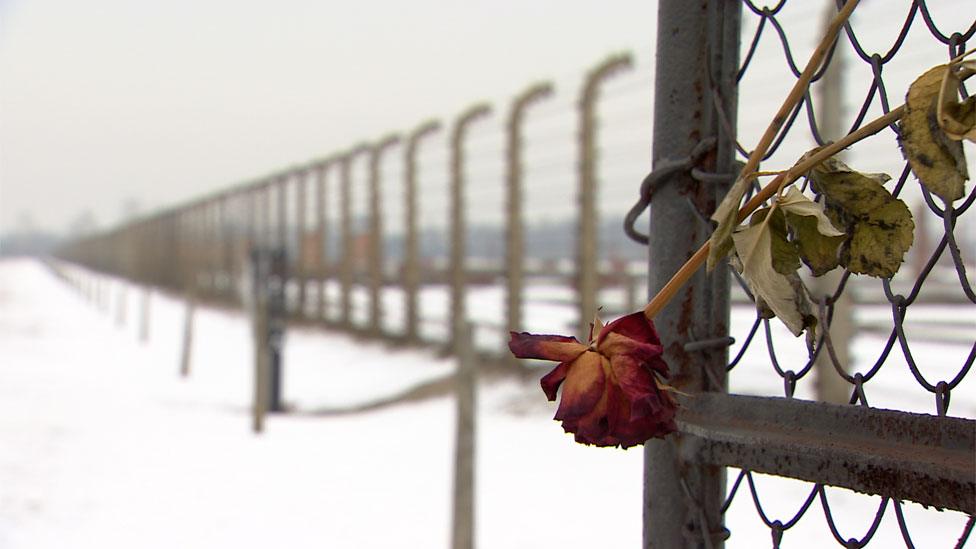
- Published20 January 2017

- Published18 January 2017
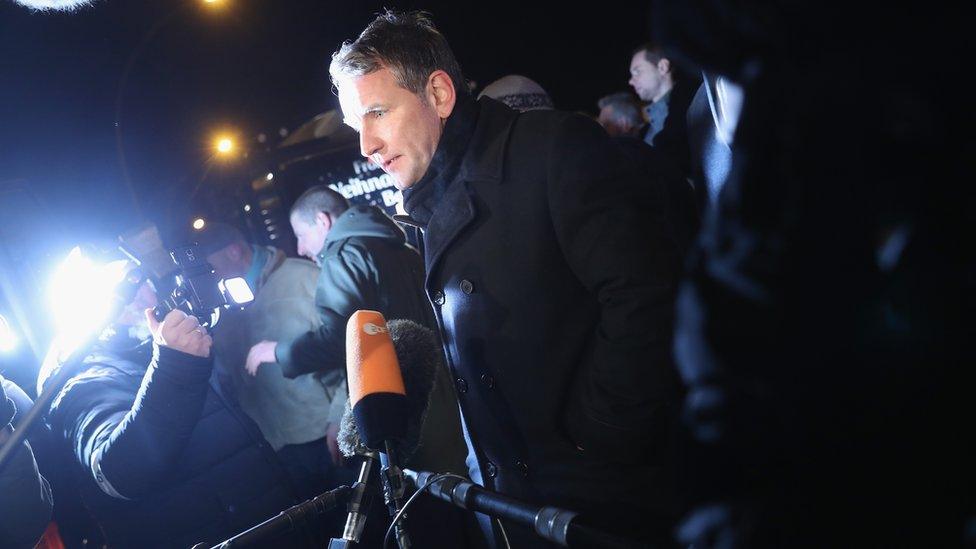
- Published20 December 2016

- Published28 November 2016
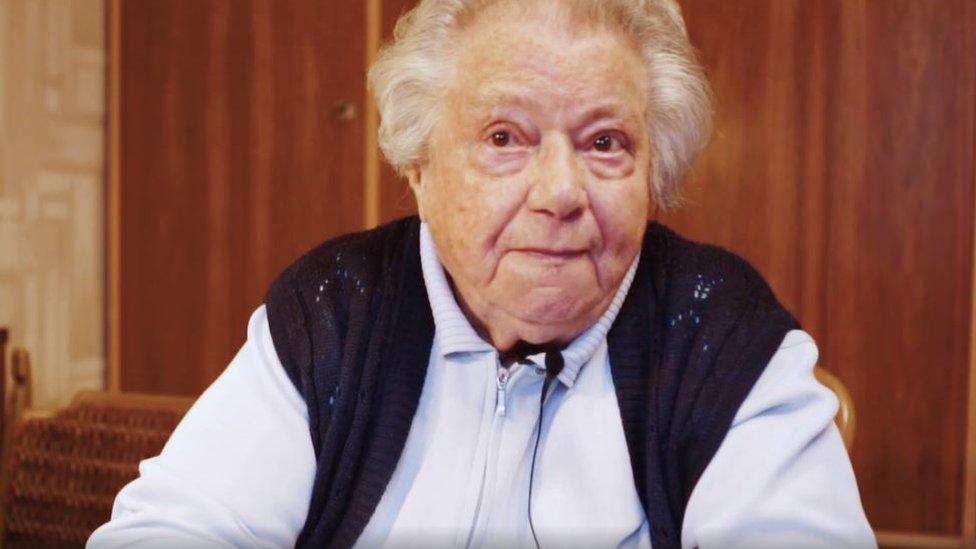
- Published15 November 2016
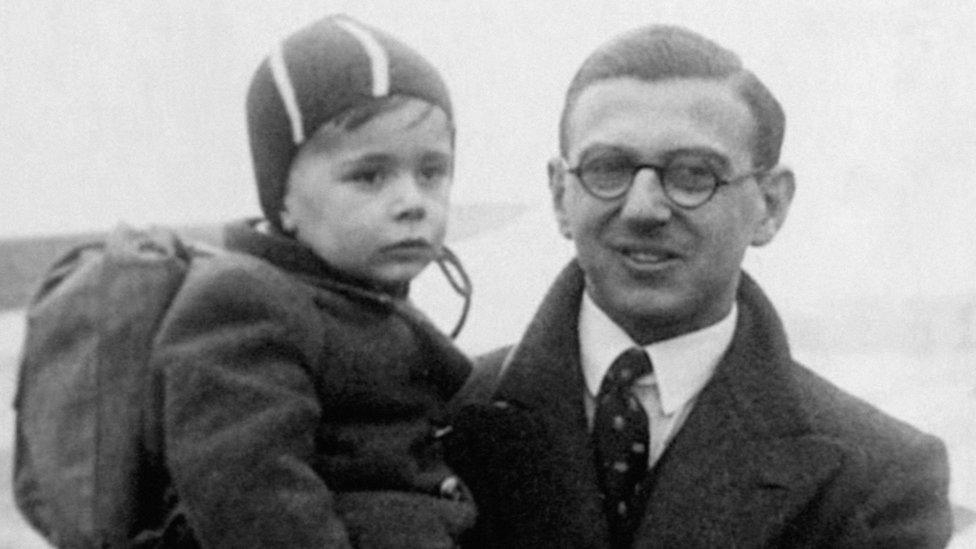
- Published10 October 2016
